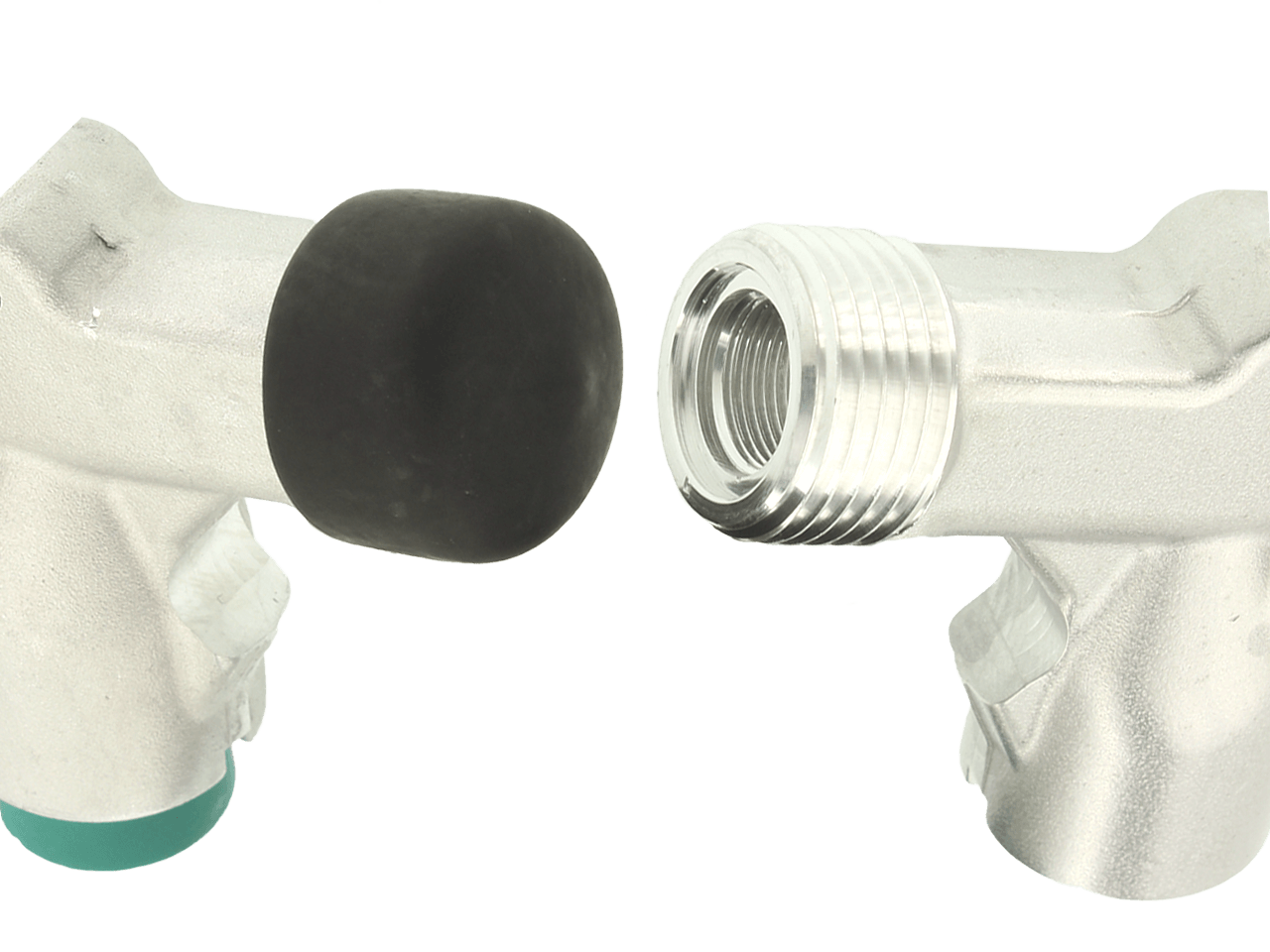Customized Surface Polishing Services
The role of surface polishing in manufacturing goes well beyond the surface. While just one step in the manufacturing process, surface polishing can account for 30% of the component’s overall production cost. It can also be the deciding factor between success and failure of a finished product.
A thorough understanding of a part’s final intended use dictates the level of surface polishing needed. Medical components in titanium, stainless steel and aluminum are often complex with tight tolerances and require a low Ra value. An acrylic duck call may need a bright finish without becoming cloudy or a firearm handle may need a stipple or matte finish, not a smooth one. Designer brass fixtures and faucets typically require a bright, reflective surface. We have a surface finishing solution for any situation.
More than just a metal polishing service provider, our centrifugal barrel tumbling services and vibratory (vibro) polishing processes create an isotropic or non-directional finish on any material for any industry. We ensure parts are adequately prepared for their intended purpose by removing imperfections such as machining lines, scratches and burrs.
Through our innovative finishing solutions and collaboration with you, we formulate a process for each product and use your feedback to adjust the process — not the standard. The result is a customized, documented and repeatable process to ensure each finished product exceeds the most demanding standards.
BENEFITS OF SURFACE POLISHING
- Product Uniformity
- Compressive Stress Gains
- Improve Part Performance
- Increase Corrosion Resistance
- Contaminant Free Surface
- Preparation for Anodizing, Plating & Coating
Fast Facts
- Multiple cutting and polishing steps utilizing different kinds of media may be used to achieve a polished finish.
- CBF and vibro polishing equipment can be used for both dry and wet polishing.
- Material defects not visible prior to polishing may become exposed after CBF polishing.






